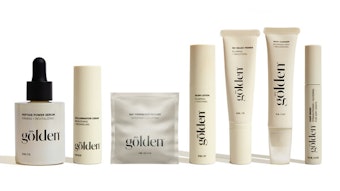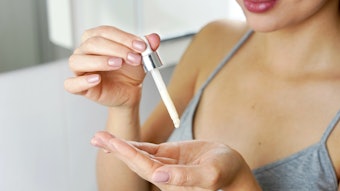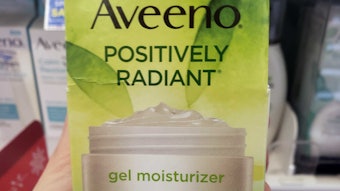While it is well-known that antiperspirants prevail in the US marketplace, the trend toward natural ingredients has the potential to influence the domestic deodorant category. Outside of the United States, deodorants are often the preferred method for the prevention of underarm malodor. Especially in Europe, where many people believe that inhibiting a natural physiological function is not desirable, deodorants are generally preferred over antiperspirants.
In order to provide a product that will effectively control underarm odor, however, one must first understand the primary causes of underarm malodor. It is well documented that the primary cause of malodor is the growth of bacteria that reside in the axillary area. These organisms include a broad spectrum of bacteria but Gram-positive bacteria are dominant. These bacteria break down components of sebum, axillary perspiration and apocrine secretions, producing volatile and odoriferous short-chain fatty acids, including acetic, propionic, butyric, valeric and isovaleric. For any product to be effective, it must prevent the formation and release, or neutralize the odor of these acids.
Among the choices for deodorancy (non-antiperspirant), the most common approach for cosmetic applications has been the use of fragrances and fragrances combined with a bactericide, primarily triclosan, as the active ingredient.










